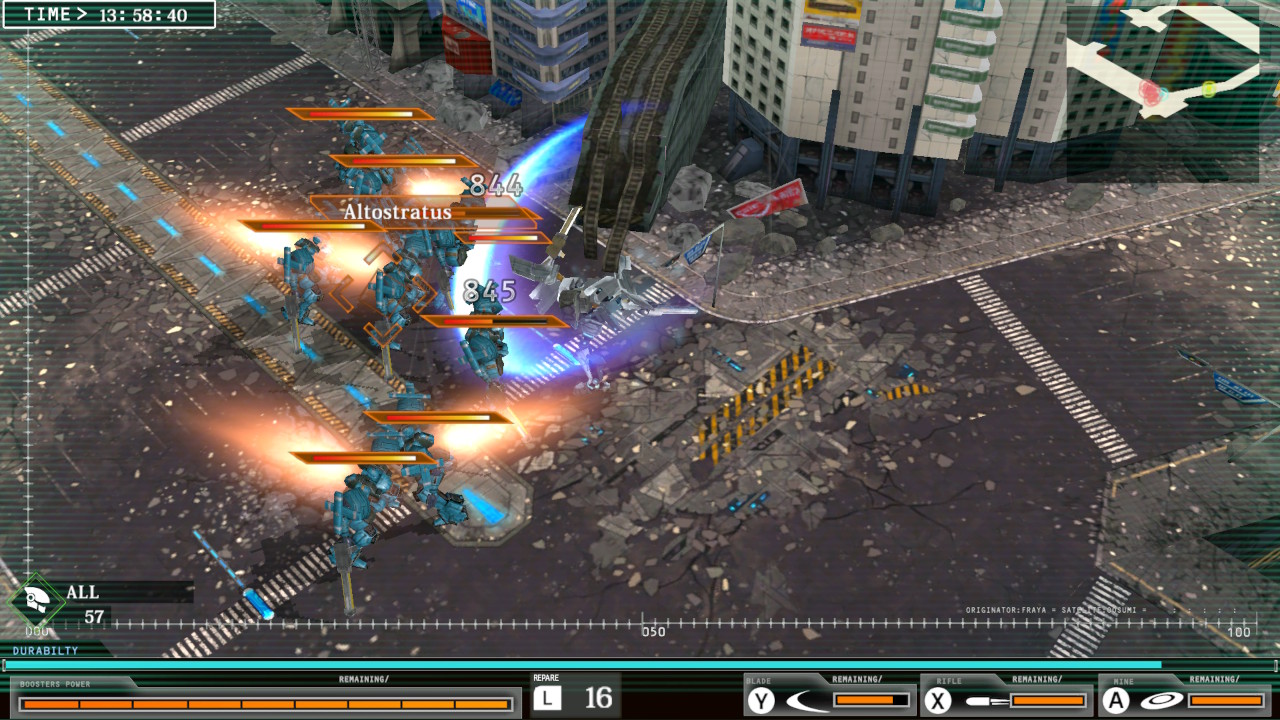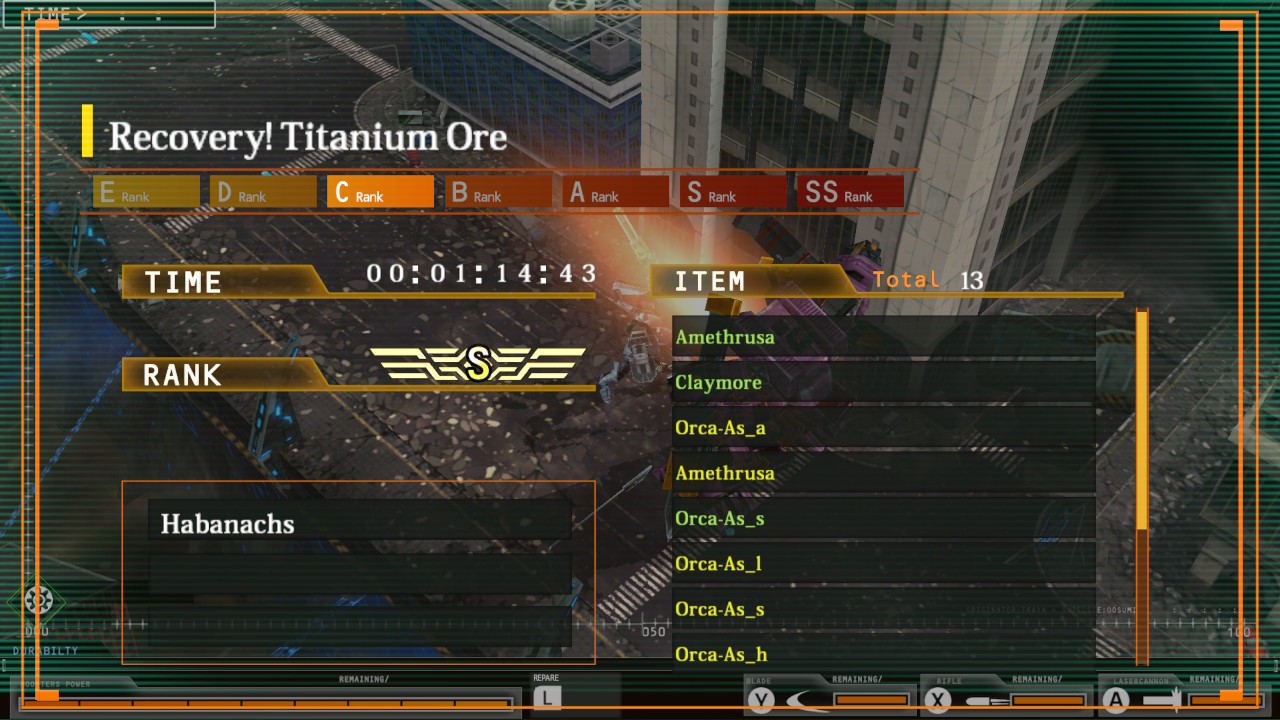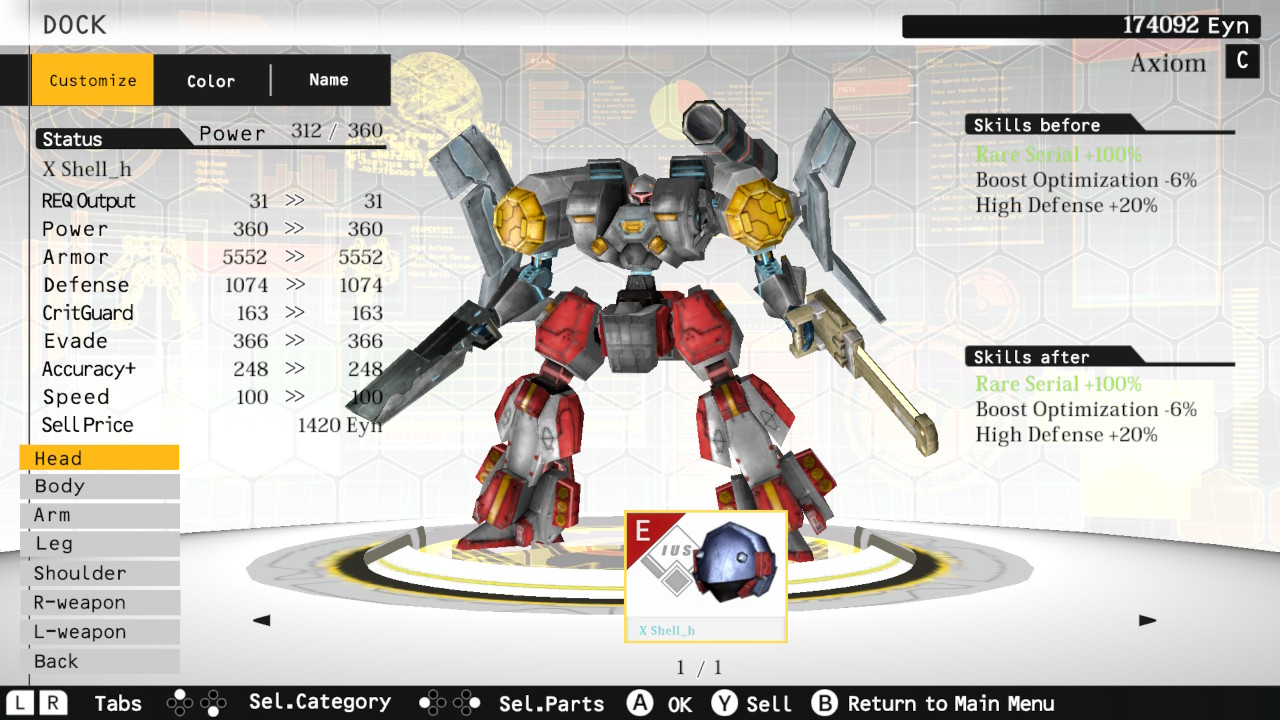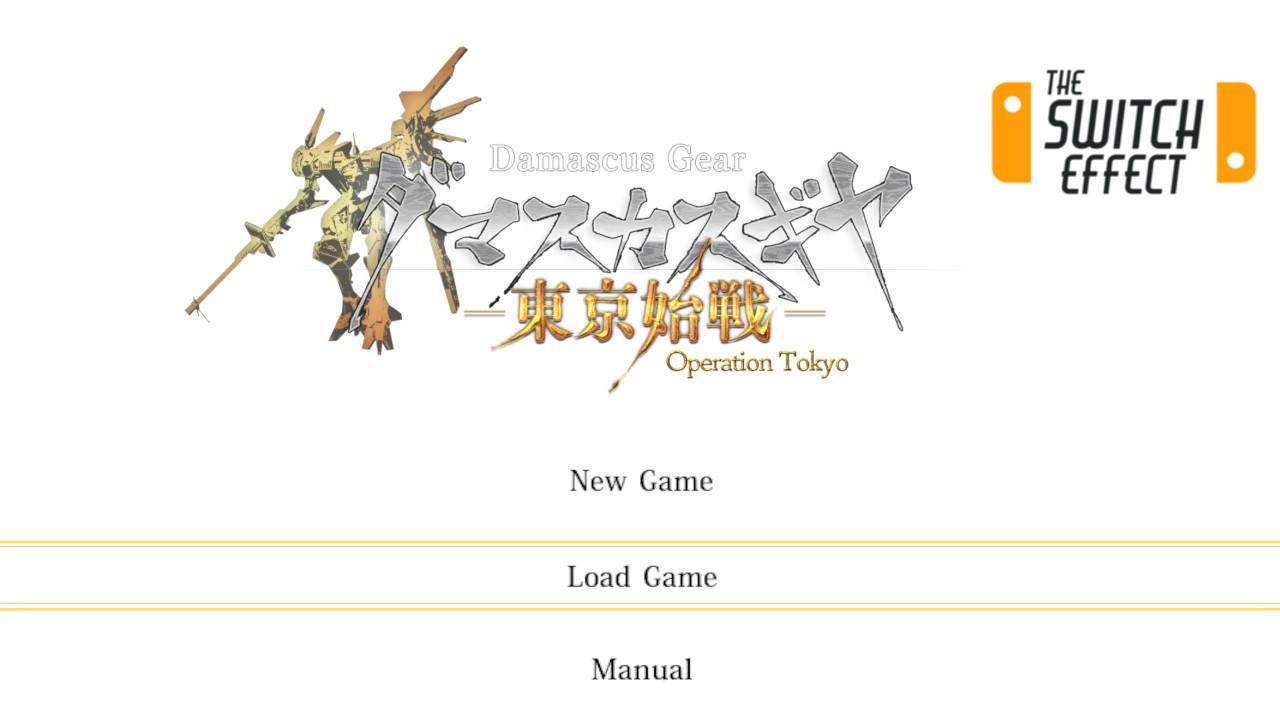[Review] Damascus Gear: Operation Tokyo – Nintendo Switch
Damascus Gear: Operation Tokyo
Arc System Works
Developed By: Arc System Works
Published By: Arc System Works
Category: Isometric Hack’n’slash’n’shoot
Release Date: 03.01.2018
Let’s get this out of the way right now; I love giant robots. I love giant robots fighting other giant robots, and I especially love giant robots fighting other giant robots for the fate of the human race. It’s possible that this will color my opinion of this game a little, but trust me on at least this much; Damascus Gear: Operation Tokyo for Nintendo Switch is not a deep game, but if you like mecha, it gives you what you want.

The game has some faults, most noticeably in the storytelling department. The story is relatively straightforward; giant robot invaders called the Rage have invaded Earth and humanity is almost finished. Tokyo is in ruins and you, the player, are a rookie pilot in service to humanity’s last line of defense, the military organization Freya, who use giant robots called Axioms to combat the Rage. Naturally, you are the most talented pilot anyone has ever seen, and each of your successful missions brings you one step closer to saving all of humanity. Simple, but fun. The story is told only in conversations before and after missions in dialogue boxes, which is often a little dry. You meet other pilots and support characters and get a good idea of who they are and how the story revolves around them, but visually it’s just not a very interesting way to tell a story.
The game’s visuals are decent, but it’s a port of a Playstation Vita game so they’re not everything that the Switch is capable of. The backgrounds are detailed enough to convey the level of destruction the Rage have wrought and the Axiom designs are really cool for the most part. I like slick, rounded mechs, so the blocky ones didn’t appeal to me overmuch but they were cool nonetheless. The isometric view of the game is zoomed out enough that even though they aren’t the most detailed character models you won’t really notice when you’re playing.

You can, however, get a better view of your Axiom in the menus between the missions. There is a shop feature, which is pretty standard; you buy new parts and/or weapons for your Axiom. I didn’t find it very useful outside of filling in the Reports menu, which is basically an encyclopedia of parts that lets you view each part individually. The equipment you find in missions is generally much better than anything you might buy. The Dock menu is what lets you actually customize your Axiom; you can switch out parts or change colors. Finally, you use the mission menu to choose your next mission; you won’t always have more than one mission to choose from, but even if there are a few, the missions can be completed in any order.
As with any game worth the name, the real meat of Damascus Gear is in the mission gameplay. It’s a fairly standard hack’n’slash format, with a little bit of twinstick shooter mixed in for good measure. You can equip up to three weapons (left hand, right hand, shoulder-mounted) and they correspond to the Y, X, and A buttons, while B allows you to dash. There are melee weapons, rifles, shotguns, and machine guns that can be equipped in your hands, while the shoulder-mounted weapons include flamethrowers, mines, missiles, and laser cannons.

The mob enemies can be taken care of however you want; they really don’t provide much of a challenge, but it is satisfying to take on waves of enemies and dispatch them like they’re nothing. There are elite level enemies and bosses that take a bit more strategy, you just need to find the right timing of dodging attacks and counterattacking. The one problem with the battles is that one strategy fits all; there aren’t bosses with different weaknesses or much diversity. Good news is, it’s still a lot of fun to boost around firing off some shots, and there is a definite feeling of satisfaction when you take down a big baddie with some technopop riffs playing in the background.
The soundtrack is mostly made up of electronic tracks on a loop, like a lot of games. The battle theme is the coolest one, unfortunately it’s really hard to hear over the sound effects. But, hey, the explosions and gunfire really add to the fact-paced nature of most of the game’s combat. You can really hear the music best during boss fights, where you’ll be doing more dodging than shooting. The booster noise doesn’t overpower the music as much as the explosions.
TL;DR: Fast-paced and very fun hack’n’slash, if a bit shallow in places.





Buy Damascus Gear: Operation Tokyo
$14.99
Follow Arc System Works








